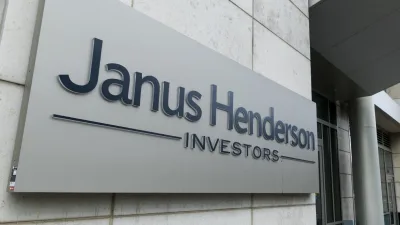Markets favouring global exposure



Global asset classes have outperformed their Australian counterparts since the start of the year with domestic flows into global equity strategies exceeding $1.6 trillion.
According to FE Analytics, the best-performing sector over the seven months to 31 July within the Australian Core Strategies universe was global small and mid-cap equities which returned 20.1%, followed by global equities which returned 18%.
Both outperformed the Australian equities and Australian small and mid-cap equities sectors, which returned 13.7% and 12.8%, respectively.
The trend was also reflected in indices with the MSCI World returning 19.7% over the period versus returns of 14.4% by the ASX 200.
According to Vanguard, flows into global equity funds by Australian investors in the first half of 2021 hit a record high of $1.6 trillion.
“The overall global investment trend, reflected by the record inflows across international markets this year, is a strong sign that more Australian investors are diversifying away from their home share market biases,” Vanguard said.
This was particularly the case for exchange traded funds (ETFs) with data from the Australian Securities Exchange (ASX) showing investors put more than $800 million into global ETFs in June while there was $29 million in outflows from Australian ones.
“The global investment thrust has been an ongoing trend on the Australian share market for quite a while, and that's evident from the ASX ETFs data totals,” Vanguard said.
“Investors now have almost double the amount of funds invested in global equity ETFs on our market than they do in Australian equity ETFs.”
However, when it came to fixed income, there was little difference with global bonds returning 0.2% over the period and Australian bonds losing 0.09%. The Reserve Bank of Australia (RBA) held rates at 0.1% since last November and these were not expected to be increased until 2023.
Recommended for you
Global asset manager Janus Henderson could be acquired after receiving a non-binding acquisition proposal jointly from a private investment firm and venture capital firm.
Investment manager Salter Brothers has partnered with private equity firm Kilara Capital to launch an Australian sustainable investment platform focusing on decarbonisation.
Fresh off launching three active ETFs to the Australian market, Avantis Investors is already planning to expand its range with two further products next year.
Ausbil is growing its active ETF range with an ESG product in collaboration with sister company Candriam.












